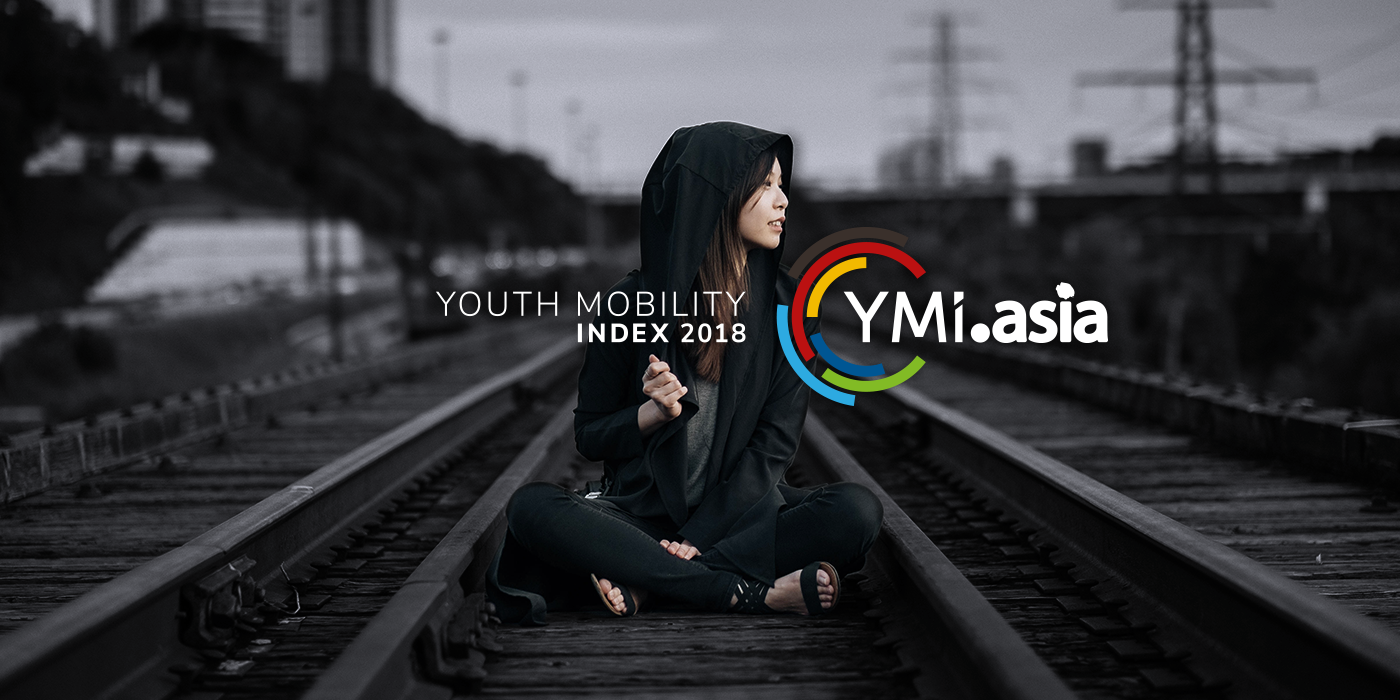We always hear “Knowledge is power” and “Knowledge is the pathway from slavery to success”. However, first of all, we have to learn reading and writing, so that we could catch up with the world and finally get an access to the tremendous world of knowledge. Though the overall literacy rate around the world is rising from generation to generation, in Asia, being literate is not taken for granted. Plenty of developing localities in Asia region remain low in the overall literacy rate, according to Unesco Institute of Statistics. (Figure 1)

(Figure 1. World map of countries by literacy rate, Robinson Projection)

For example, the literacy of people in Bhutan (64.9%), Nepal (64.7%) and Pakistan (56.4%) falls below 70% of the general population, while some localities are slightly better, such as Laos (79.9%) and Bangladesh (72.87%), though some of the Asian localities are already considered advanced such as Thailand (96.7%), Singapore (96.8%) and Taiwan (98.7%). It could be explained that the older population in developing localities may not have had the same opportunity to get an education as those in the developed ones.
(This video shows the localities with the top literacy rates.)
As we should look forward to the future, we’d care more about the younger generation. If we look at the youth literacy (Statista 2015), especially those localities of the low literate populations, we see a totally different picture. Unexpectedly high literacy rates are found among the younger populations in these localities, such as Bhutan (92.04%), Nepal (89.85%), Pakistan (73.71%), Laos (90.3%) and Bangladesh (83.2%). Comparing the youth literacy over the general population literacy tells the youth literacy advantage, which is included in Youth Mobility Index report by DotAsia.
It also reveals a ranking of localities according to the youth literacy advantage and turns out we found this interesting order: Bhutan (#1), Nepal (#2), Bangladesh (#3) and Pakistan (#4). According to the report, in these developing localities, the younger workforce has the advantage to be more mobile. In the coming decade, we will need more jobs with satisfying salaries for these young people. Otherwise, they will leave and keep travelling between localities for better opportunities until they got great ones.

(Figure 2. Youth Advantage, Youth Mobility Index report by DotAsia)
Japan is an exception. Though it has a high youth literacy rate, it has a low youth literacy advantage because its general population is similarly literate. However, the Japanese youth still got an advantage over the entire race since they have great employment stability, youth migrant force advantage and digital native advantage (Figure 2).

Facing the challenge, localities like Nepal and Bangladesh have to create more job opportunities or provide them with more adequate training. Otherwise, the workforce will turn to go out of the countries. The unemployment rate of these literate youth not only damages economies but also disrupts social structures. On the contrary, it might be good news for some developed countries that they could attract those cheap and literate labours by implementing certain overseas employment policies.
To discover what moves young Asians, learn more about the Youth Mobility Index (YMi.asia) at www.ymi.asia
To discover what moves young Asians, learn more about the Youth Mobility Index (YMi.asia) at www.ymi.asia

| YMI 2018 Reports | |
|---|---|
| PDF HTML | YMI 2018 REPORT |
| ALL LOCALES | |
| PDF HTML | BANGLADESH |
| PDF HTML | BHUTAN |
| PDF HTML | CHINA |
| PDF HTML | HONG KONG |
| PDF HTML | INDONESIA |
| PDF HTML | INDIA |
| PDF HTML | JAPAN |
| PDF HTML | CAMBODIA |
| PDF HTML | KOREA |
| PDF HTML | LAOS |
| PDF HTML | SRI LANKA |
| PDF HTML | MYANMAR |
| PDF HTML | MALAYSIA |
| PDF HTML | NEPAL |
| PDF HTML | PHILIPPINES |
| PDF HTML | PAKISTAN |
| PDF HTML | SINGAPORE |
| PDF HTML | THAILAND |
| PDF HTML | TAIWAN |
| PDF HTML | VIETNAM |
When culture shock shocks you in Japan …
Culture shocks could happen when you come to a very exotic country. Though air travel has turned frequent and the modern-day communications become efficient through the internet, culture shock could happen especially when visiting Japan.
Mind the gap in Asia
You have probably heard that people keep fighting for LGBT equality or ethnic equality and progress has been seen. However, for the long-lasting battle on gender pay gap, the wrestling looks the same severe as that in the past across the globe.
Six things you should know before moving to an Asian locality
No matter whether you are an Asian or non-Asian, living abroad in an Asian locality could be a totally different experience from that of your own countries. Even within Asia, the culture is extremely diverse and it could be wonderful or weird to you. Understanding the local culture or even the subculture could effectively help you blend in the new living. Or take a look at the followings before you uproot and live in Asia.
Where is the Asian Silicon Valley?
When we mention Silicon Valley, there might be more than one place popping up in your mind other the actual one in California. Silicon Valley is now a universal synonym for a startup hotbed. In fact, start-up scene is mushrooming across the globe especially in Asia.




